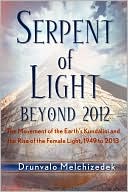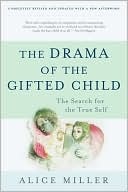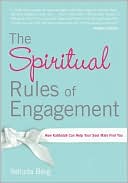 Every 13,000 years on Earth a sacred and secret event takes place that changes everything. Mother Earth’s Kundalini energy emerges from its resting place in the planet’s core and moves like a snake across the surface of our world. Once at home in ancient Lemuria, it moved to Atlantis, then to the Himalayan mountains of India and Tibet, and with every relocation changed our idea of what spiritual means. And gender. And heart. This time, with much difficulty, the Serpent of Light has moved to the Andes Mountains of Chile and Peru.
Every 13,000 years on Earth a sacred and secret event takes place that changes everything. Mother Earth’s Kundalini energy emerges from its resting place in the planet’s core and moves like a snake across the surface of our world. Once at home in ancient Lemuria, it moved to Atlantis, then to the Himalayan mountains of India and Tibet, and with every relocation changed our idea of what spiritual means. And gender. And heart. This time, with much difficulty, the Serpent of Light has moved to the Andes Mountains of Chile and Peru.
Multi-dimensional, multi-disciplined, and multi-lived, for the first time in this book, Drunvalo begins to tell his stories of 35 years spent in service to Mother Earth. Follow him around the world as he follows the guidance of Ascended Masters, his two spheres of light, and his own inner growing knowledge. His story is a living string of ceremonies to help heal hearts, align energies, right ancient imbalances, and balance the living Earth’s Unity Consciousness Grid— in short to increase our awareness of the indivisibility of life in the universe. We are all—rocks and people and interdimensional beings—one!
“Life may seem to be business as usual, but it is not. We are changing fast . . . Remember this for life is going to present stranger things to you in your lifetime, and they all have meaning and purpose . . .Only Mother Earth and ancient Maya know what’s going to happen.” —from Serpent of Light
• Part travel adventure, part spiritual instruction—a firsthand account of a once in 13,000 years process.
• Drunvalo Melchizedek has a story to tell—an adventure story, a story of healing ceremonies that takeplace from the Yucatan to Kauai and Moorea to the Grand Canyon and New Zealand and to Peru.
• See what can happen when we choose to open our hearts and follow the path of light.





